
Chinese dance is a broad form of dance that has many different influences. It originates thousands of years ago and has been passed down from generation to generation. It dates at least as early as the Zhou dynasty, 1046 BC-256 BC. To put into perspective how old Chinese dance is, ballet is estimated to have begun 300-400 years ago, and modern dance was founded in the last century.

With its beginnings in folk dance, eventually Chinese dance became a way to entertain highly regarded members of society in the imperial courts. Chinese dance has roots in folk dance, martial arts, and imperial court dances. It is believed to be a window into traditional Chinese culture that has been preserved over thousands of years. It has survived wars, globalization, and major cultural and economic changes in China.


In 2018 when I began teaching ballet at Yanlai Dance Academy in Pittsburgh, I knew nothing about Chinese dance. In fact, I had never heard about it before in my life; I just wanted to get more ballet teaching experience under my belt because that was what I knew best.
I noticed rehearsals for the many performances Yanlai Dance Academy participates in around Pittsburgh. The music was outstanding. Instruments such as the pipa (similar to a guitar) and erhu (a type of violin) are commonly used. The music is melodic, calming, and easy to listen to.
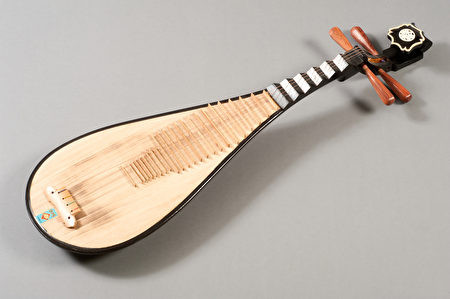
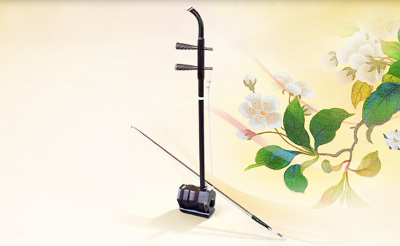
What also struck me were the costumes. Rich, colorful silk fabrics are commonly part of costumes. The fabrics used are lightweight and flowing yet layered with intricate applique and attention to detail. Usually, long dresses that flow around the arms and legs are worn. Two-piece costumes are worn as well. These costumes can’t be made by machine, and they are hand-made. Props are often used such as fans, ribbons, and umbrellas.

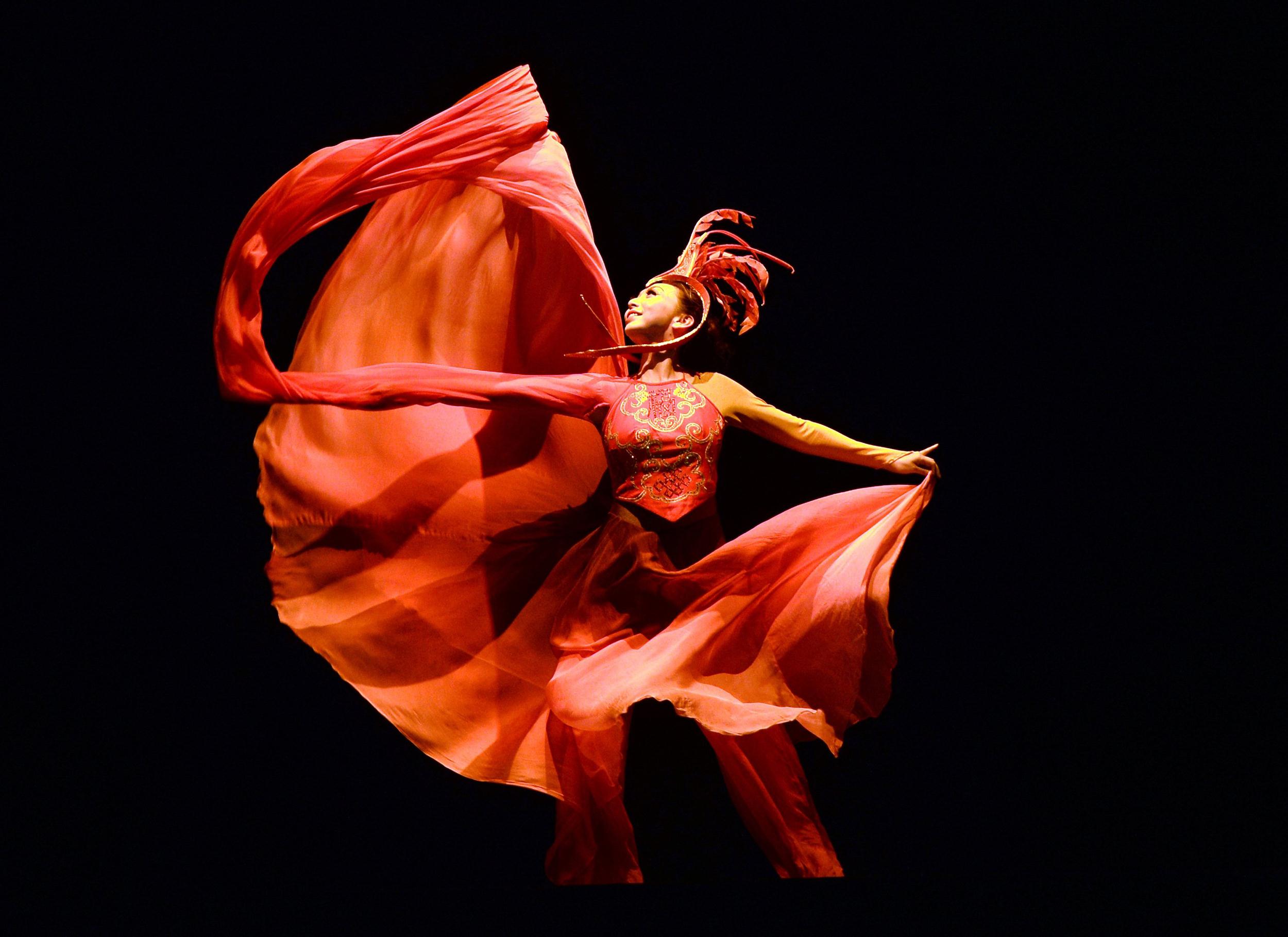
Teaching ballet at Yanlai Dance Academy opened up a community I didn’t know I needed. The students are eager to learn and most importantly, they want to be there for their love of dance. The studio itself is cozy yet spacious and inviting. It has been wonderful to teach these dedicated students. I look forward to teaching my classes each week and watching the student’s growth.
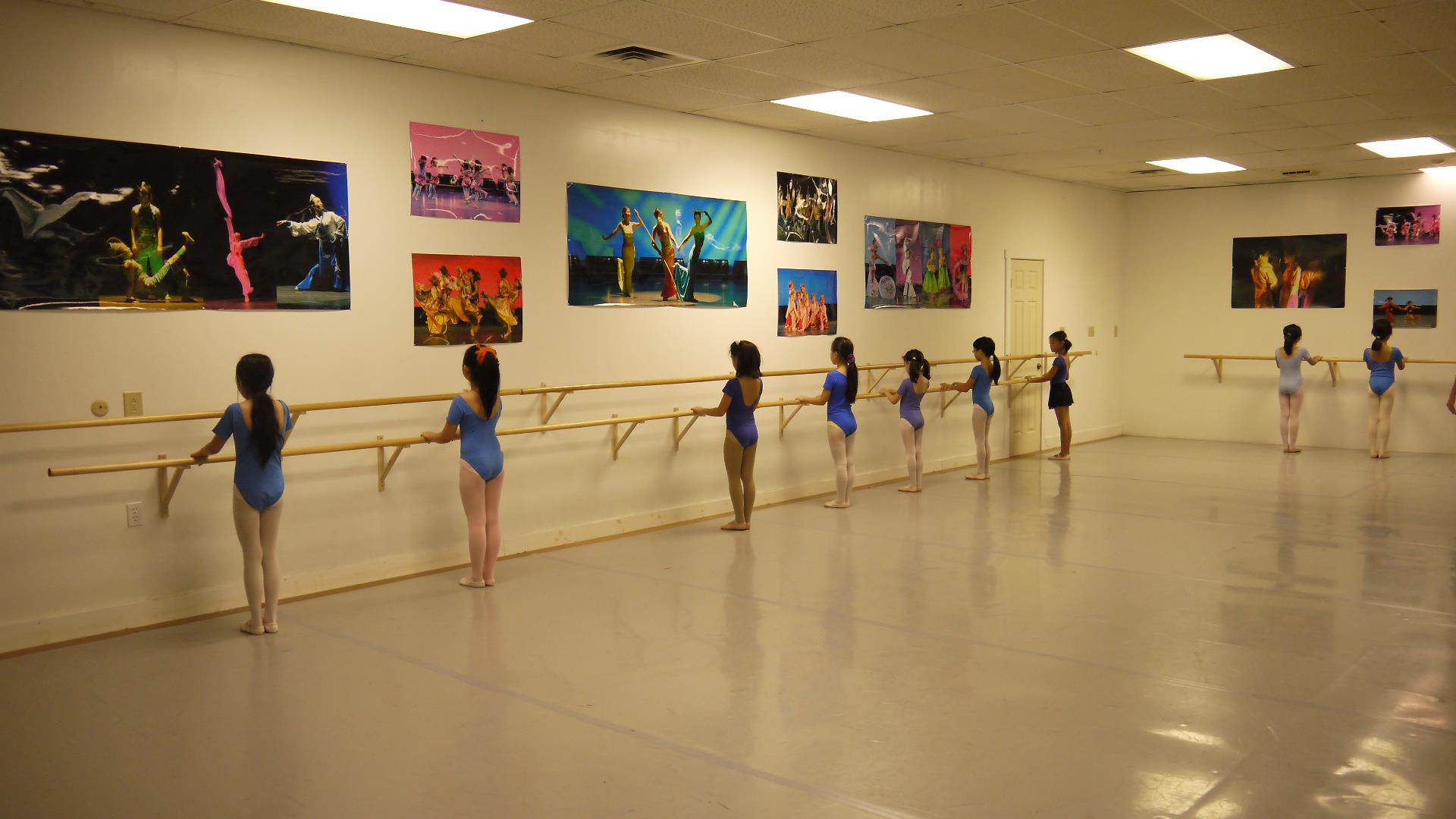
One day after I had been teaching ballet at Yanlai Dance Academy for a year, Yanlai asked me to join her group for the Chinese dance class and upcoming performance. Of course, I wanted to participate after seeing those beautiful costumes and hearing that music. What I didn’t expect however, were the challenges ahead of me in learning this art form.
My background is in classical ballet as well as modern dance. Whereas ballet focuses on the legs, Chinese dance focuses on the arms and torso. Whereas ballet is straight, postured, and rigid, Chinese dance is breath oriented and uses twists of the upper body and shoulders. Ballet always uses a pointed foot, and Chinese Dance walks with a flexed foot. Whereas modern dance is grounded and strong, Chinese dance is light and flowing. Learning Chinese dance put me out of my comfort zone and gave me a fresh perspective of dance.
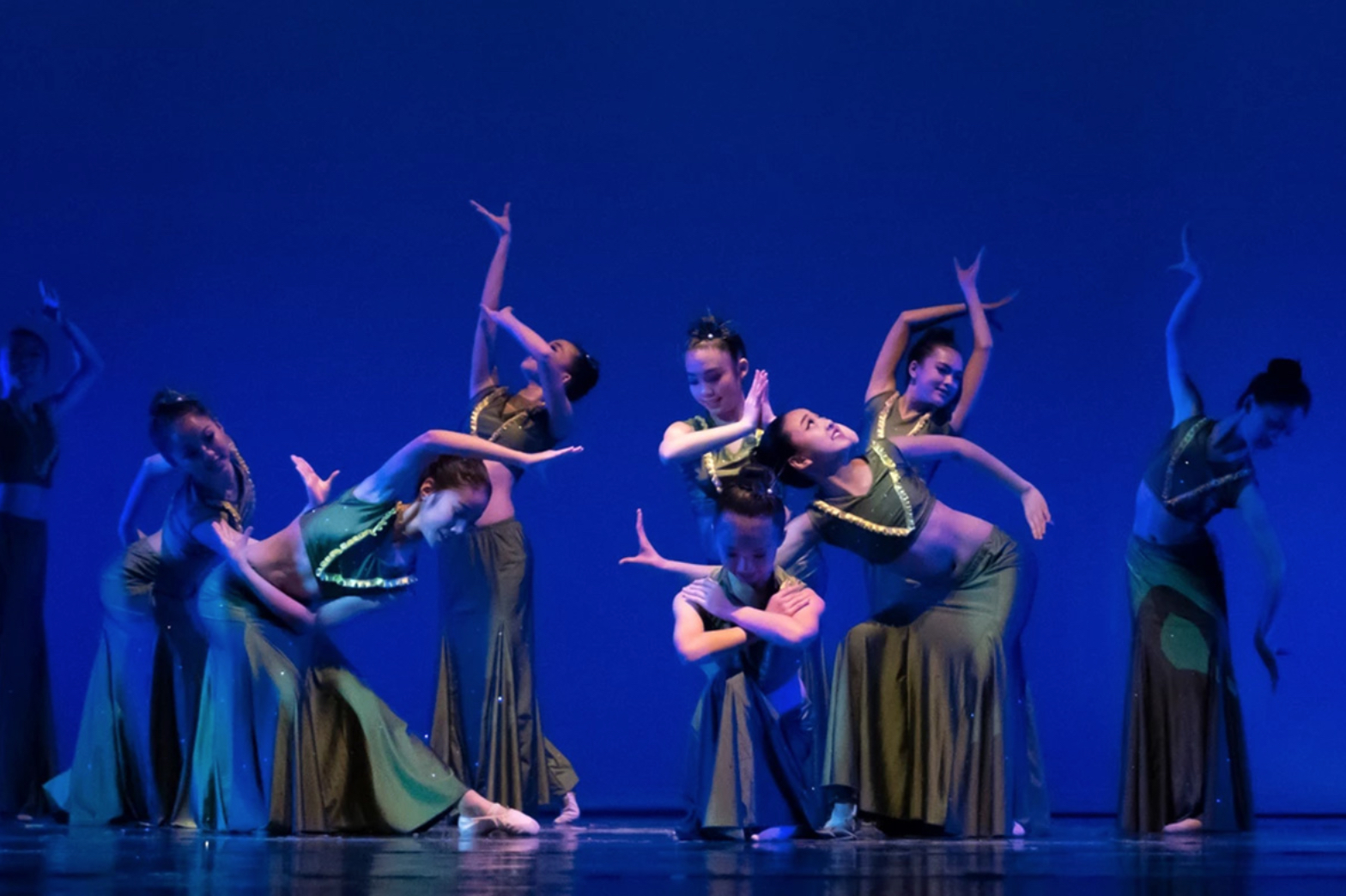
At the time Yanlai asked me to dance with her school, I had been in a place where I felt stagnant with dance. I had not performed in quite some time, nor had I made any new choreography. The culture and rigidity of ballet can feel stifling, and I felt stuck in a rut with the same types of movements every time I would choreograph for myself or others. (Please see my previous post here on stepping out of the constraints of the dance world, as I go into more detail there.)
Chinese dance wiped away that stagnation and allowed me to learn a new art form instead of always reverting back to the usual ballet or modern. It gave back the excitement for dance that I had lost over the years. The community of teachers and students at Yanali Dance Academy have been so welcoming and patient, even when I was first learning the art form.
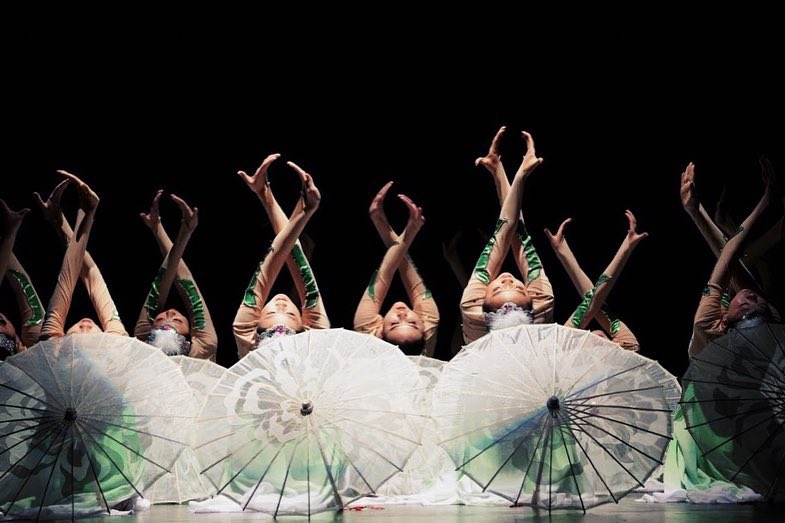
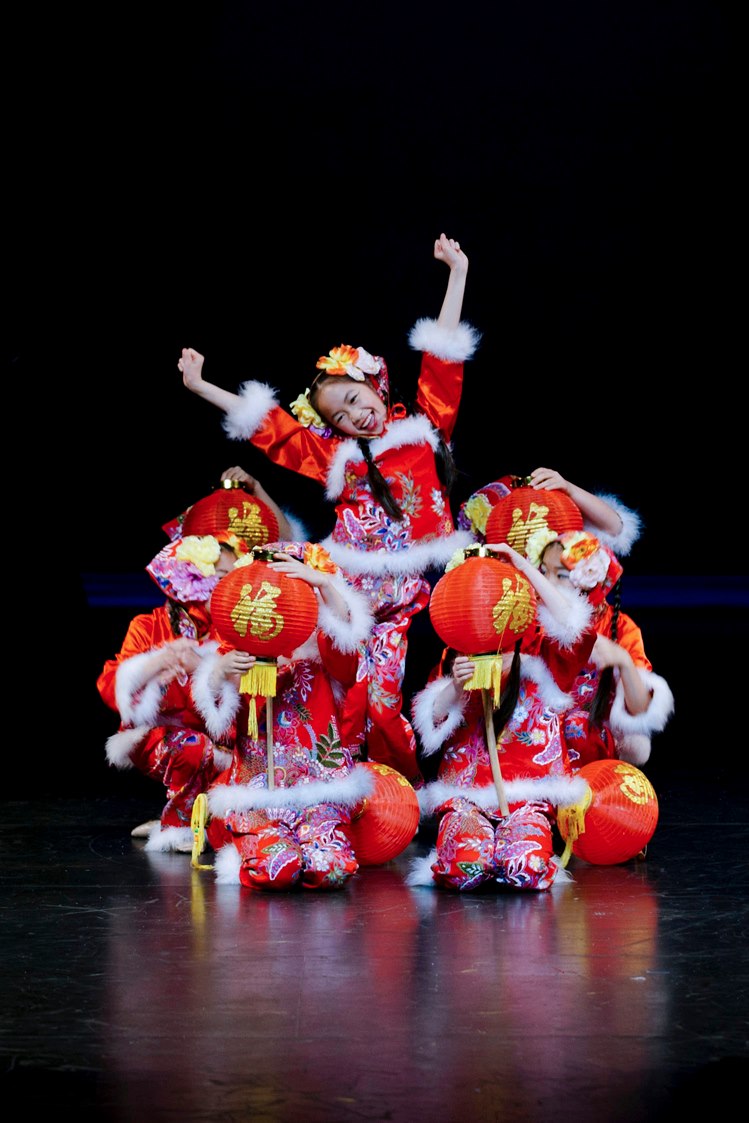
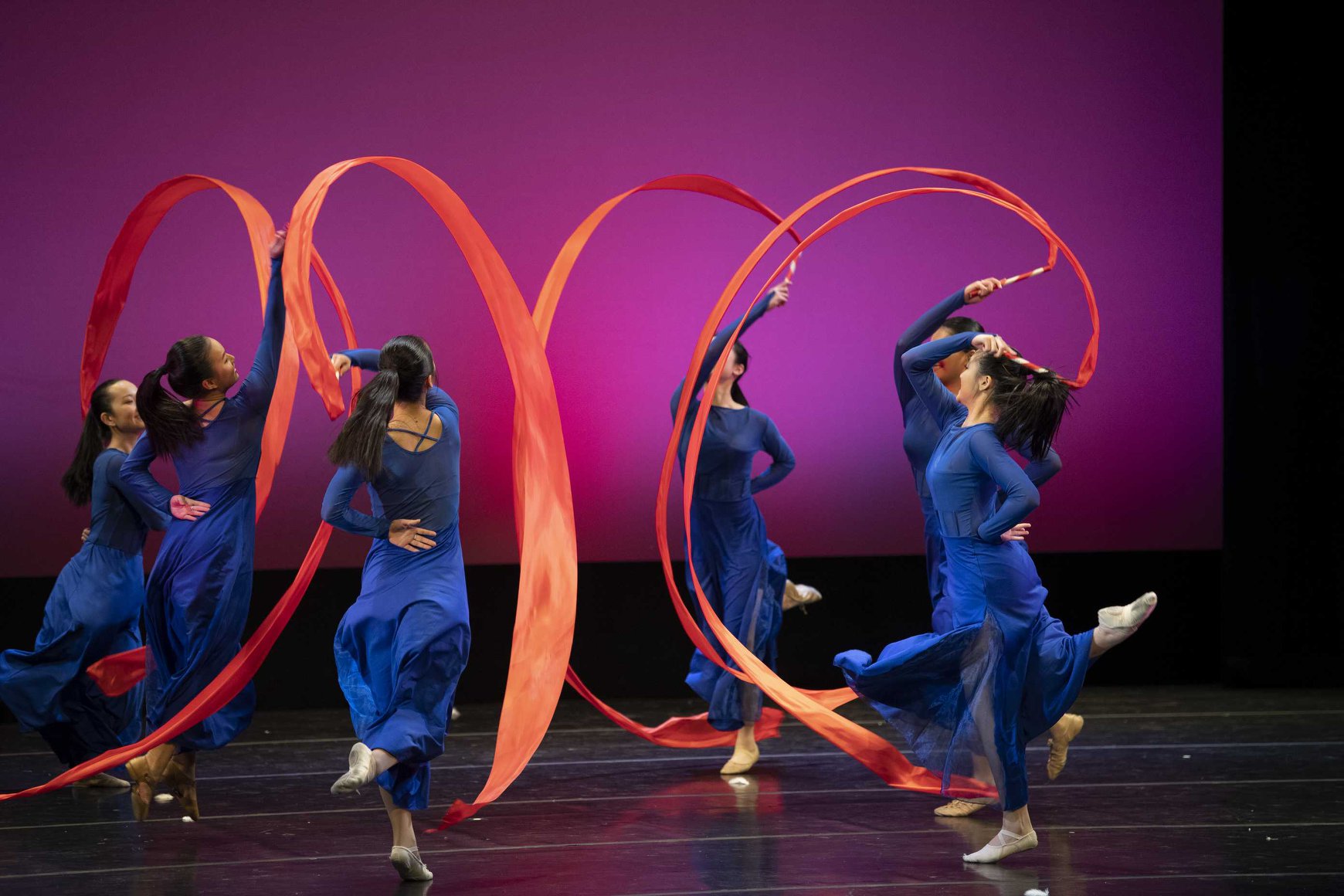
The best thing about learning Chinese dance has been that it has made me a more well-rounded dancer. It’s so important as dancers to branch out and learn different types of dance that you would never otherwise consider. The uniqueness of Chinese dance has allowed me to expand my repertoire and try different choreography. Yanlai Dance Academy truly is distinctive. Ballet, modern, jazz, and tap can be found anywhere across Pittsburgh. But this hidden gem of a studio offers a type of dance that’s so hard to find.
Yanlai offers her students so many opportunities to perform in different festivals and on different stages around the city. The first spot I performed at with Yanlai Dance Academy was the August Wilson Center in March of 2020, right before the lockdowns happened. This performance was called Wings of the Soul.
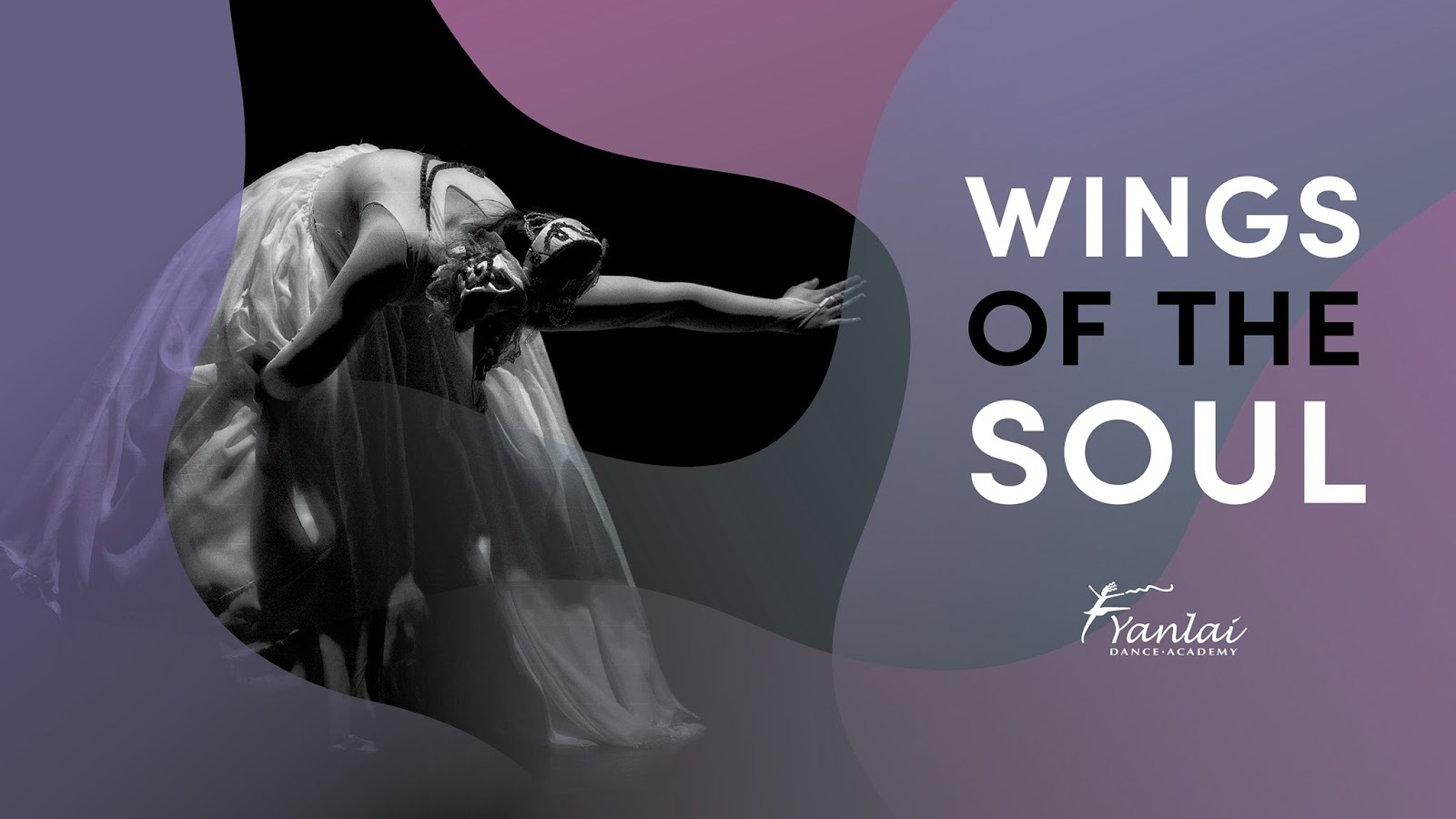

Post-pandemic, Yanlai has also provided students with performance opportunities. In February of this year, we had the wonderful opportunity to perform in Pittsburgh’s Chinese New Year festival. What sets apart this studio is that it operates similarly to a professional company.
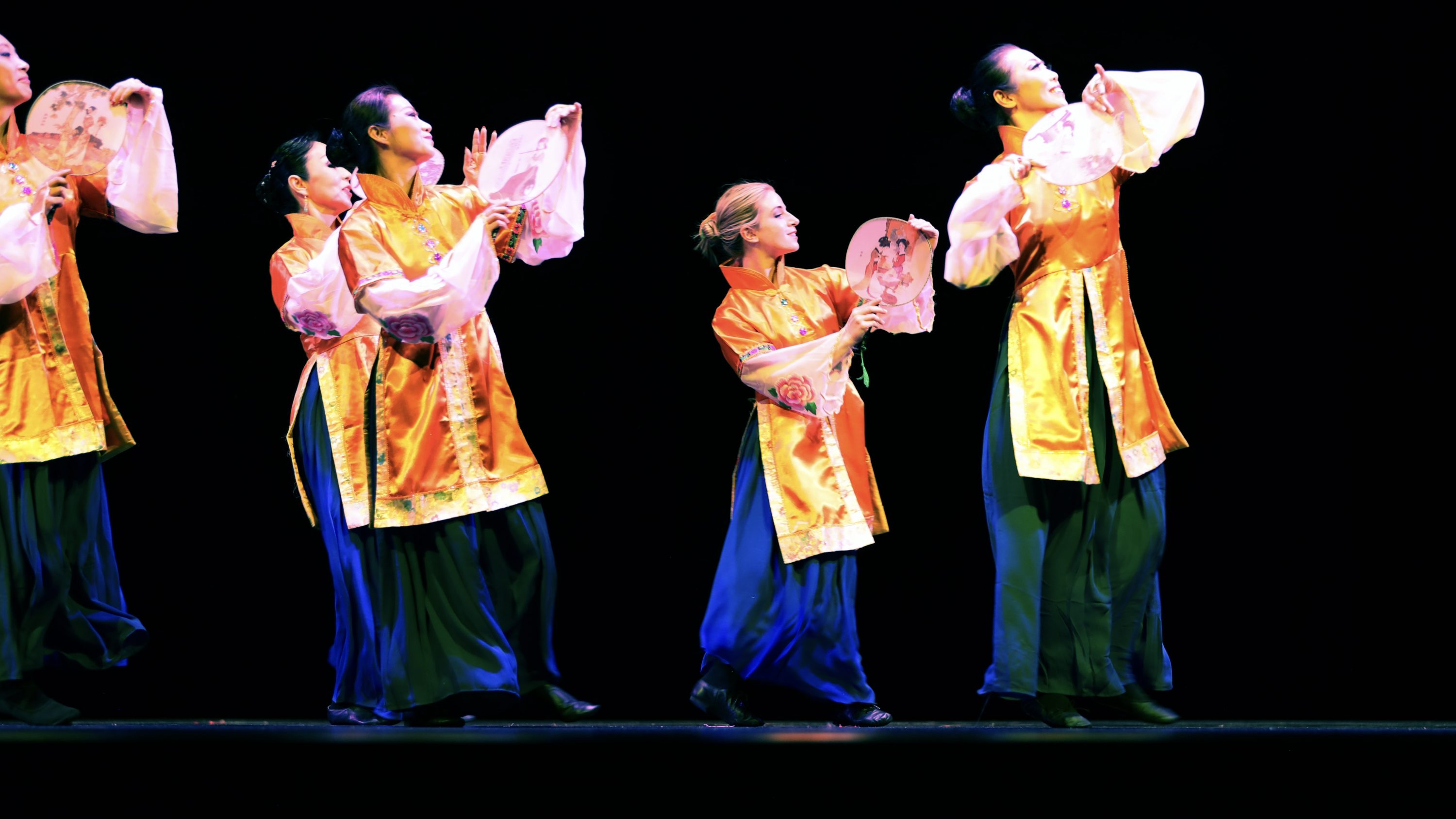
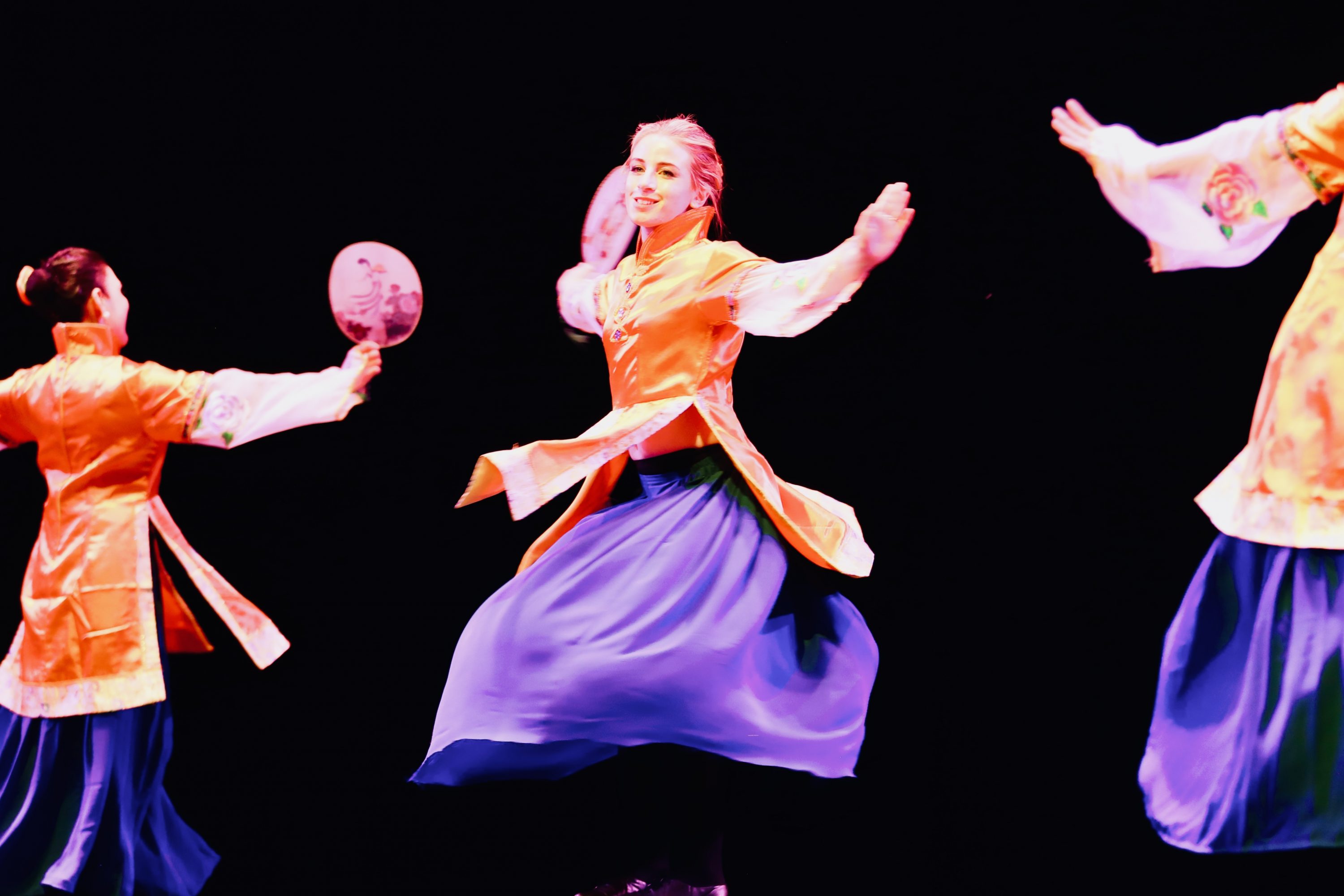
Yanlai Dance Academy is currently enrolling for the Fall. If you’re interested in learning Chinese dance to expand your knowledge, this is the place to go. However, this studio also offers a broad range of dance types such as ballet, modern, Pilates, and even K-Pop. Please visit her website here for more information on group lessons, with age ranges from toddlers to adults.